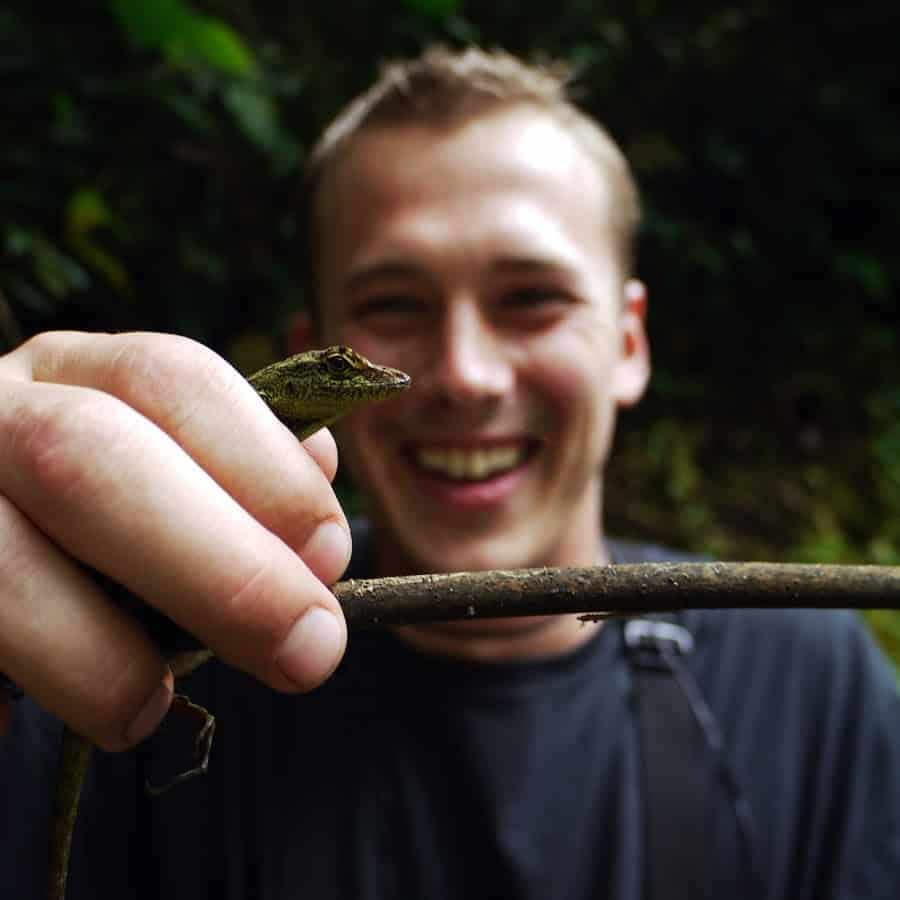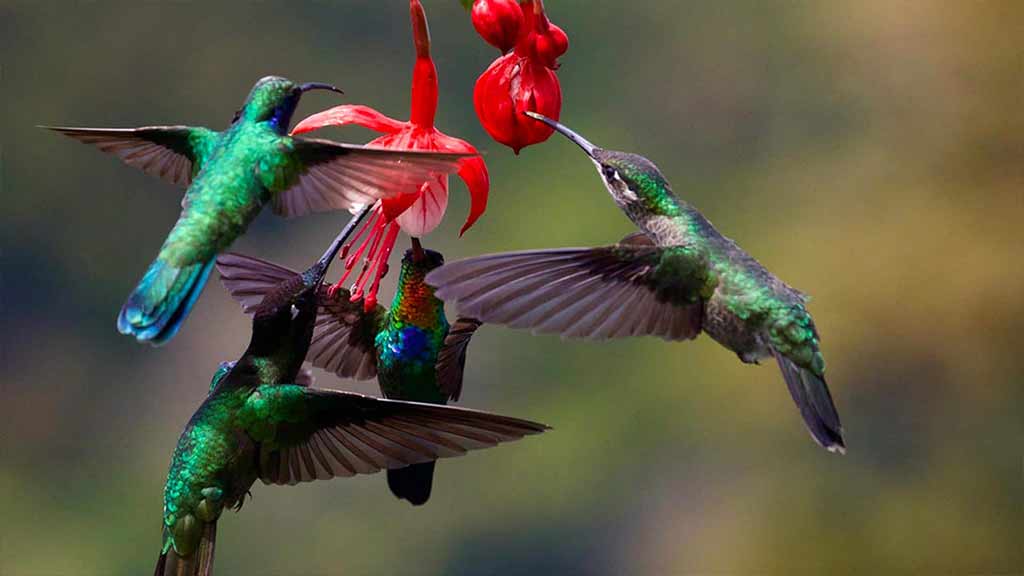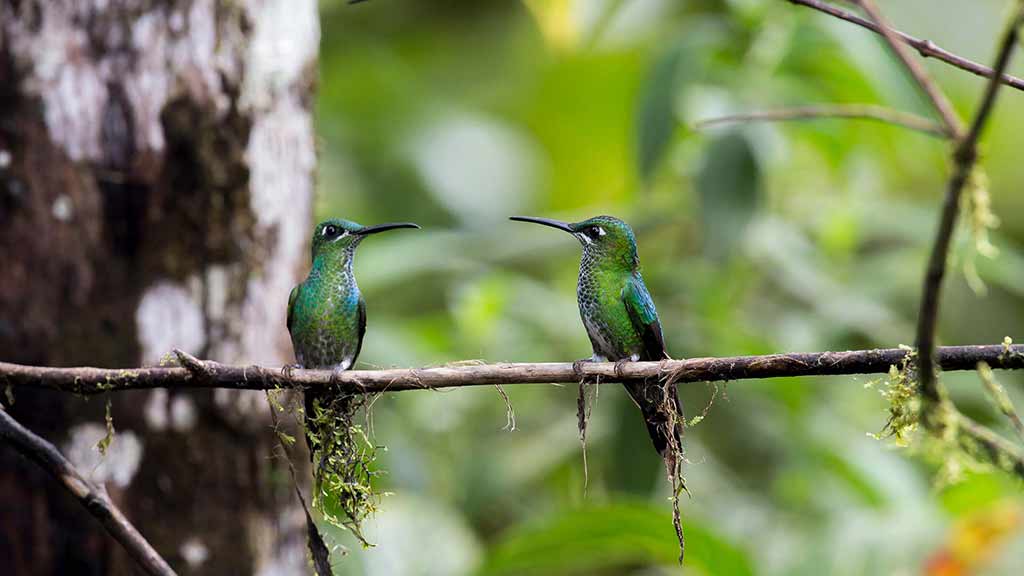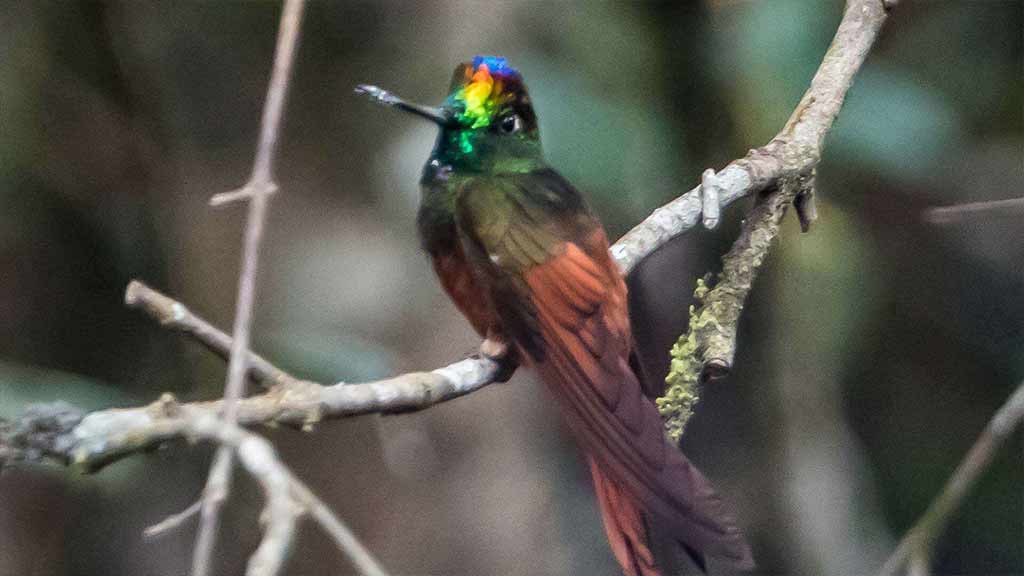With over 1600 species of birds found in many tropical habitats, Ecuador is considered megadiverse and is relatively compact compared to its massive political neighbors.
Ecuador’s small size allows international birders to bird many different biomes (biogeographical regions), habitats, and elevations within a short time. The proximity between birding sites means more time spent birding and less time traveling. Keep reading for some of the highlights of bird watching in Ecuador.
SECURE YOUR ECUADOR TRAVEL
Get a FREE personalised quote todayThe terrain-four diverse regions
Mornings at high mountain passes and afternoons exploring elfin forests are contrasted by foothill birding and exploring the humid cloud forest. The dense foliage underneath the Amazon canopy has parrot licks that bring hundreds of birds each morning, and the endemic species of the Galapagos Islands include the flightless cormorant. The bird’s lack of ability to fly is more than made up for when in the water!
The four regions of Ecuador cumulate into very rewarding birding experiences for all types of birders. Advanced birders will have opportunities to rack up awe-striking bird lists. Those who want a slower pace will find they have ample opportunities for amazing sightings of many birds each day.
Birders visiting Ecuador for the first time want to visit a combination of the Choco region, the highlands, and the Amazon. These regions cover many biomes, each with its own set of birds. Southern Ecuador also offers a spectacular birding circuit, offering several birding attractions, and many biomes.
Many birders include the Galapagos Islands in tropical birding vacation, where most of the 30 endemic bird species and the different pelagic birds of the archipelago can be enjoyed on properly designed birding trips.
GET FREE ADVICE
From an Ecuador destination expert todayThe birds
Megabirds like Andean Cock-of-the-Rock, Long-wattled and Amazonian Umbrellabirds, Giant and Sword-billed Hummingbirds, Andean Condors, Hoatzins, Harpy Eagles, and the Giant Antpitta, Fiery Topaz, Nocturnal Curassow, and Rufous Potoo are waiting to be found.
Throw in different species of tanagers, toucans, parrots, raptors, cotingas, and other hummingbirds into the mix, and birders’ smiles only become larger by the day.
Ecuador is also a prime destination for bird photography. Photographers will be elated by the amount and variety of pictures they can take on their international birding vacation in Ecuador!
Bird Watching Trips
Happy Gringo Travel offers bird watching day trips and extended journeys to the different birding hot spots around the country including the cloud forest and Southern Ecuador. These tours were created with the help of an expert in the field in Ecuador, and offer immersive experiences designed to get you off the beaten path and into reserves and areas where the country’s birdlife thrives.
The touristic infrastructure in Ecuador is well-developed and friendly to birders. People throughout the country are becoming perpetually more involved in birding here all the time. New reserves and bird gardens open up frequently, and many of the established centers come up with innovations using their extensive expertise.
International birders seeking to experience avian diversity on a global scale usually visit Ecuador multiple times. Between the Amazon, the cloud forests and highlands of the Andes, the lush Choco region, the dry Tumbes, and the pelagic Galapagos Islands, the country offers a full spectrum of amazing birding excursions.
As an added spectacular bonus, Ecuador also offers visitors very broad cultural and gastronomic experiences. For more information about bird watching in Ecuador and the other activities you can do while visiting the country on a bird-watching trip, contact a member of our team.
Book With The #1 Trusted
Ecuador Travel Agency

Randy Vickers, birder, natural history and cultural liaison has been living in Quito Ecuador for over a decade, leading tours and guiding a wide range of birders and nature seekers in experiencing the wonder that is Ecuador. Randy uses his extremely trained senses and honed set of skills to quickly find birds and other animals, predict what the creature/s will do next, and position enthusiasts in the ideal location to experience the ensuing wild encounter. He has a way of simply and clearly presenting information to beginners or when language barriers present themselves, but can also deliver technical jargon when desired.



